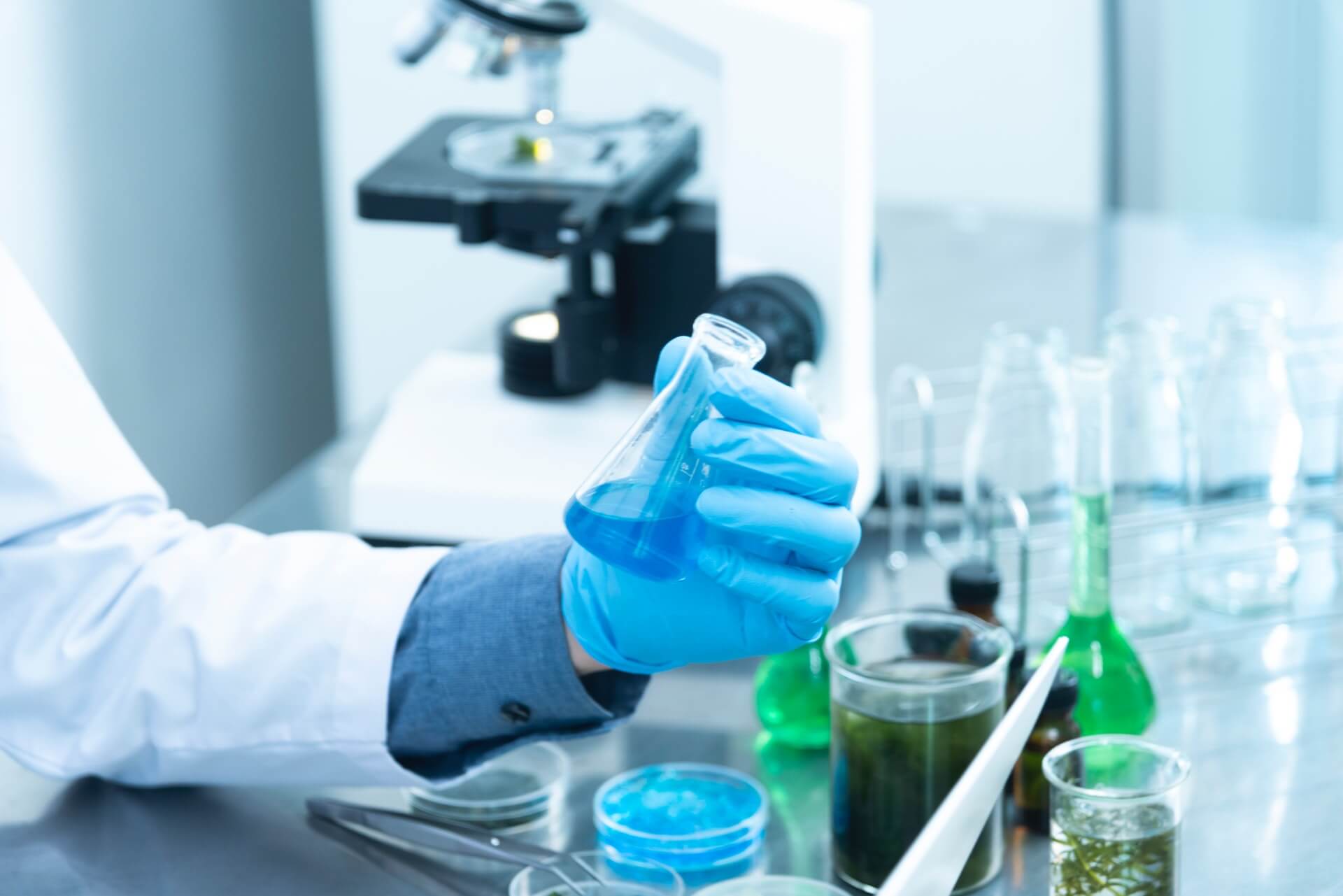
(© okrasiuk - stock.adobe.com)
NEWTON, Mass. — A new study has identified over 900 chemicals in food, beverages, and consumer products that have a link to breast cancer. Scientists have developed an expedited method for predicting which chemicals are likely to cause the disease to develop, focusing on specific characteristics. These characteristics include chemicals that induce tumors in animals, disrupt the body's hormonal balance, and damage DNA.
Through extensive analysis of various international government databases, researchers pinpointed a total of 921 chemicals potentially contributing to the development of breast cancer. Remarkably, about 90 percent of these chemicals are commonly encountered by people through consumer products, food and beverages, pesticides, medications, and workplace environments.
Researchers discovered that over half of these chemicals have the potential to disrupt hormonal functions in the body, a known factor leading to breast cancer.
“Breast cancer is a hormonal disease, so the fact that so many chemicals can alter estrogen and progesterone is concerning,” says lead author Dr. Jennifer Kay, a research scientist at Silent Spring Institute, in a media release.
A more detailed analysis of the data reveals that 278 of the chemicals have been found to cause tumors in animals, while 420 of them are known to damage DNA and disrupt hormonal balance.

The ability to predict which chemicals might induce tumors in animals has now been streamlined by focusing on their DNA-damaging and hormone-disrupting properties. This approach offers a simpler and more cost-effective method for conducting such experiments.
“Historically, chemicals that cause mammary tumors in animals were seen as the best predictor of whether they might cause breast cancer in humans,” says co-author Ruthann Rudel, director of research at Silent Spring.
“But animal studies are expensive and time consuming, which is why so many chemicals have not been tested. Our findings show that screening chemicals for these hormonal traits could be an effective strategy for flagging potential breast carcinogens.”
In the past, scientists had to observe the effects of chemical exposure on hundreds or thousands of women and children over many years, waiting to see who would develop breast cancer. The team believes that their new approach, which involves screening databases for characteristics potentially causing breast cancer, has revolutionized scientific research in this field.
“It’s not feasible, nor is it ethical, to wait that long,” says Rudel. “And it’s another reason why we need better tools for predicting which chemicals are likely to lead to breast cancer so we can avoid those exposures.”
This study, published in the journal Environmental Health Perspectives, disclosed that 30 pesticides, previously sanctioned by the Environmental Protection Agency (EPA), have the potential to cause breast cancer. Consequently, this research might influence future methods of assessing chemical safety.
“We need new tools to identify environmental exposures that could be contributing to this trend so we can develop prevention strategies and reduce the burden of the disease,” Kay concludes.
“This new study provides a roadmap for regulators and manufacturers to quickly flag chemicals that could contribute to breast cancer in order to prevent their use in consumer products and find safer alternatives.”
South West News Service writer Isobel Williams contributed to this report.










